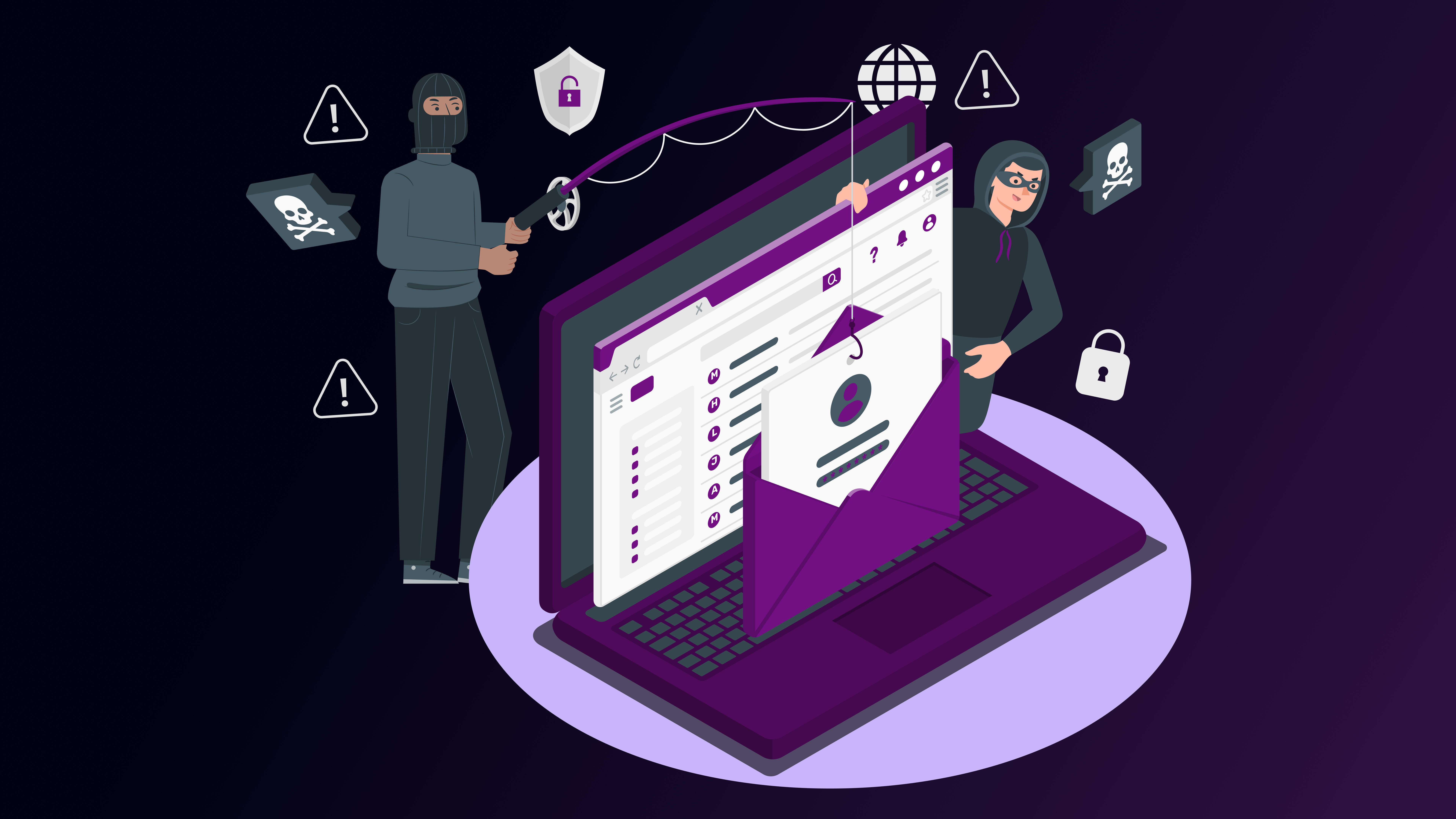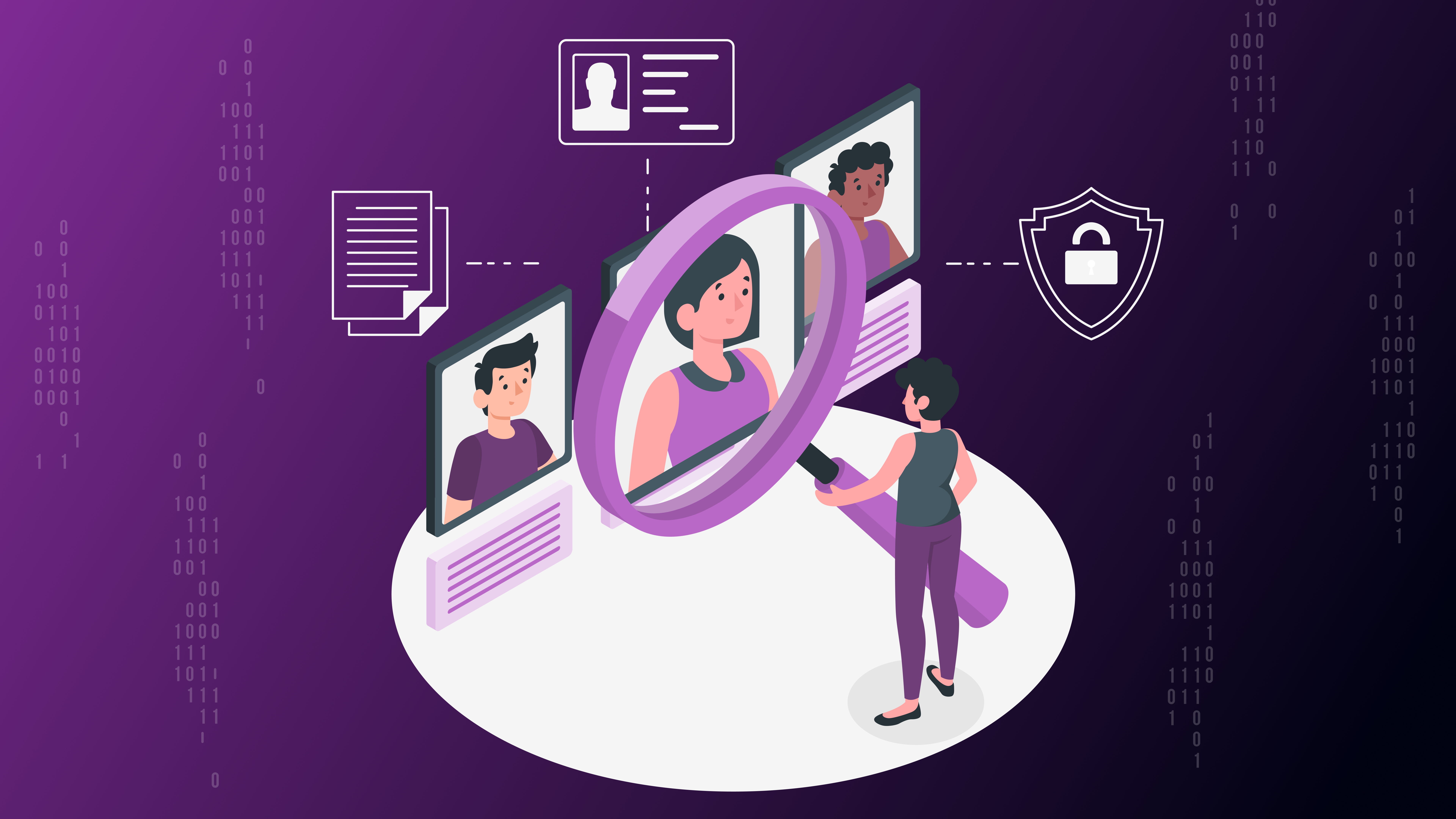I know. You’ve probably sent 10,000 cold emails to 1,000 CISOs over the past few years.
You’ve pitched your network security solution, your IAM platform, maybe your phishing awareness training platform — over email, over calls, even at events.
But then, you never really told them why they should care.
It’s no longer a surprise that cold outreach doesn’t land like it used to. It’s not just a personalization problem. The problem is that cold outreach through emails is way too crowded. CISOs are overwhelmed with generic vendor messages – all of them pushing products, very few speaking to the actual challenges these leaders face day in and day out.
And while you’re trying to get a response, they’re trying to secure their organization.
And there is no doubt that they are exploring better solutions. They do care about upgrading their defenses. But they’ll do it on their terms, on their timeline, and through channels they trust.
That’s surely not an email that says “Dear [First Name],” and launches into a three-paragraph product brochure. That’s not a cold call when they’re reviewing threat dashboards or prepping for a board update.
So how do you actually get in front of a CISO?
How do you show up in their world without barging in?
The answer – or at least the smart starting point – is LinkedIn and YouTube.
These aren’t just social platforms. For cybersecurity marketing, they are the modern decision-making arenas.
CISOs use LinkedIn to follow experts, engage with security trends, and discover who’s building credibility. They use YouTube to watch explainer videos, product walkthroughs, and thought-provoking breakdowns of threats that matter. And the best part? You can show up on both – consistently, strategically, and without being annoying.
The crucial aspect to use LinkedIn + YouTube to your advantage is to understand your buyer’s decision making journey and align your strategy accordingly. We’ve talked about buyer journeys in our previous blog.
In this blog, we’re going to break down why LinkedIn + YouTube work so well together – especially for cybersecurity content that has to balance technical complexity with buyer psychology.
This isn’t about getting “views” or “likes” – it’s about showing up where trust is built, attention is earned, and conversations actually begin.
Let’s get into it.
Why LinkedIn Works for Cybersecurity Authority
Think about where CISOs actually spend their time online. It’s not Instagram. It’s not Facebook. It’s not checking vendor websites all day.
They definitely like to interact with the industry folks about what’s working in the industry and where they can learn and do better.
And for that, LinkedIn is the most preferred platform. CISOs, like other professionals, seek knowledge, network building, conversations, industry insights and much more – and LinkedIn is a tremendously rich source for it.
They are looking to interact with the right kind of vendors, only if they are convinced that can really add enough value to their work.
But first, there needs to be trust and conversations. You need to show that talking to you would be worth their time.
And this is where most cybersecurity companies go wrong.
They either stay completely silent, or post occasional product updates that read like internal memos.
There’s no face, no voice, no perspective – just noise that blends into a sea of other vendors saying the same thing. This is precisely why we recommend to have founder-led content on LinkedIn to build the trust from your audience early on.
If you want to stand out on LinkedIn, especially to CISOs, you need to show up with relevance and build consistency.
That means:
Founder-led posts that explain why your product exists and what problem it solves better than anyone else.
Industry commentary on the latest vulnerabilities, attack types, or compliance shifts — without fear-mongering.
Case snippets that speak to real-life wins (“helped a healthtech firm cut phishing incidents by 62% in 3 months” hits harder than “AI-driven email security”).
It also means engaging in the comments, not just broadcasting.
When you comment on another expert’s post, with nuance, insight, maybe even a little disagreement – you’re not just part of the feed. You’re part of the dialogue. That’s where trust gets established.
LinkedIn isn’t where you sell. It’s where you become worth buying from. And when that one CISO has a problem your product can solve, guess who they’ll remember? The company that emailed them once, or the face they’ve been seeing in their feed, offering value every week?
I think you know the answer.
Why YouTube Builds Deeper Trust in Cybersecurity
If LinkedIn is where CISOs discover you and about your business, YouTube is where they would likely search more about your product and try to see if there is visual that can give them a better idea.
Think about it – when was the last time you made a major purchase decision without watching something first? A demo. A review. An explanation from a real person.
Your cybersecurity buyers are no different – except their purchase decisions involve millions of dollars and the safety of their organization. They don’t just want a slick website. They want to see who’s behind the product. They want to hear how you explain tough concepts. They want to feel like you actually get their pain points.
And a video is simply the fastest way to build that kind of connection at scale.
It’s not about making polished, cinematic videos that feel like commercials.
It’s about making real, useful content that helps your audience answer their questions, solve small problems, and trust your expertise.

A strong YouTube presence for a cybersecurity company might include:
- Founder/CTO walkthroughs explaining tough topics like AI threat detection or API security – in plain English.
- Quick breakdowns of new threats (“What You Need to Know About AI-Generated Phishing Emails”).
- Mini-case studies that show results without giving away customer-sensitive information.
- Live demos of your platform – not the marketing version, but what a real user would experience.
When your CISO prospect finds a thoughtful video explaining “how UEBA enhances email security detection rates” – before they even hit your website – you’ve already made an impact.
Plus, YouTube search itself is becoming a major discovery engine. It’s not just a hosting platform anymore. Today, business solutions get discovered on YouTube – and a lot of cybersecurity buyers are among the ones searching.
If you’re not visible there, you’re invisible during one of the most crucial phases of their research.
YouTube humanizes your brand. It shows competence without arrogance. And it gives CISOs the one thing they crave before taking a buying step – confidence.
How LinkedIn and YouTube Together Build a Trust Flywheel
One platform builds curiosity. The other builds conviction.
When you combine LinkedIn + YouTube, you create a marketing loop that doesn’t just make people aware of your cybersecurity solution – it makes them want to learn more, trust you more, and eventually reach out.
Here’s how the flywheel spins:
You post an insightful breakdown on LinkedIn – maybe it’s a real-world story about stopping a credential-stuffing attack at a SaaS company.
A CISO scrolling their feed spots it, recognizes the problem, and appreciates your clear, no-fluff explanation.
Out of curiosity, they check your profile – and see you’ve been consistently posting valuable content. Maybe they even click on a link you’ve shared.
That link?
It’s a YouTube video where your CTO breaks down “Why AI-Driven Email Threats Are Harder to Detect (And What You Can Do About It)” – in under 8 minutes.
Now, the CISO is not just reading your thoughts – they’re hearing your voice, seeing your clarity, and sensing your expertise.
They start connecting the dots: “These guys get it. They understand the challenges. They might actually be worth a conversation.”
This is pull marketing at its best.
No spam. No forcing demos. No awkward sales pitches.
Just relevance, credibility, and strategic presence – layered thoughtfully across the two platforms where CISOs actually want to engage.
And the best part?
The more this loop spins, the more your credibility compounds.
You’re not just “that company that emailed me once.”
You’re the trusted voice they keep seeing, hearing, and learning from.
In a space as crowded (and cautious) as cybersecurity, trust isn’t a one-time event.
It’s a slow-building, multi-touch journey.
LinkedIn + YouTube together are your best tools to accelerate it.
How to Start Your LinkedIn + YouTube Engine the Smart Way
Fun fact: You don’t need a 10-person marketing team or a video production house to make this work. You just need clarity, consistency, and a bit of guts to show up.
At Digi-tx, we’ve helped cybersecurity founders and growth leaders build full-funnel content systems using just LinkedIn + YouTube + Website SEO – and when the messaging is sharp and the execution is clean, it delivers the kind of leads that actually move the revenue needle. In fact, using LinkedIn + YouTube correctly amplifies your Cybersecurity SEO strategy and results.
Here’s a simplified plan to get started:
Pick 2-3 core topics you want to be known for (e.g. “Offensive Security for Healthcare,” “API Security for SaaS Teams,” or “AI in Phishing Detection”). Build all your content around these.
On LinkedIn:
Start with weekly posts. Mix founder insights, industry observations, client learnings (without name-dropping), and even a few hot takes.
Pro tip: Treat the comment section just like your content feed.
On YouTube:
Record 3–5 videos around the same core topics. Nothing fancy. Just your founder, a camera, and clarity. Use them to expand on what you’ve said on LinkedIn – make it deeper, more visual.
Link it all together:
Every post should lead somewhere.
Every video should reference your website.
And your website should tie it all back with CTAs that don’t feel pushy but purposeful.
No fluff. No jargon. Just clear, authentic value – across the channels that matter.
And if this all feels like too much? Go watch a video on how to do this here.
That’s what we do at Digi-tx.
We build full-funnel content engines for cybersecurity brands – using this exact system – and we do it as partners, not just service providers.
If you’re ready to turn your content into a real trust-building machine, let’s talk.





